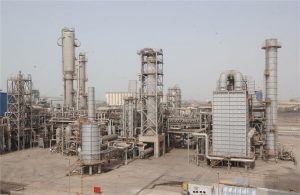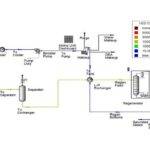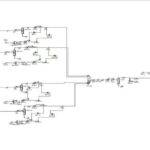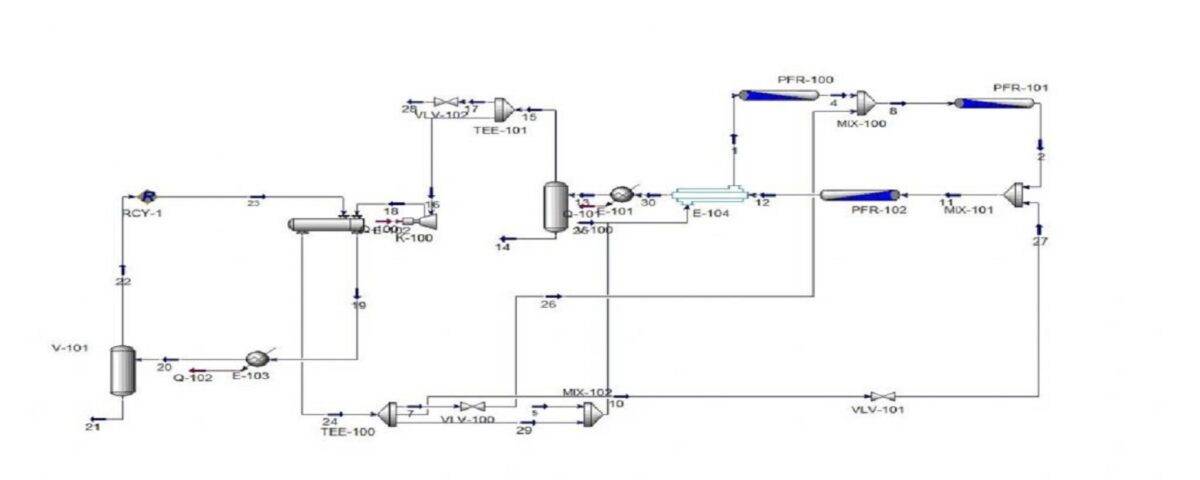Description
An ammonia production unit is a crucial facility within the chemical industry, dedicated to producing ammonia (NH₃), a highly important and widely used chemical compound. Ammonia serves as the primary raw material for various products, including fertilizers, explosives, plastics, synthetic fibers, and numerous others.
The Haber-Bosch Process
The primary industrial process for ammonia production is known as the Haber-Bosch process. In this process, nitrogen (N₂) and hydrogen (H₂) gases are combined under specific high-temperature and high-pressure conditions, in the presence of an iron catalyst, to form ammonia. The chemical reaction involved is:
N₂ + 3H₂ → 2NH₃
General Steps in the Haber-Bosch Process:
- Feedstock Preparation: Nitrogen is obtained from compressed air, while hydrogen is derived from methane or other hydrocarbons.
- Gas Purification: The feed gases must be purified to remove impurities such as sulfur, carbon dioxide, and water vapor, as these contaminants can damage the catalyst.
- Ammonia Synthesis: The mixture of nitrogen and hydrogen gases is passed through a reactor containing an iron catalyst under high temperature and pressure, facilitating the ammonia production reaction.
- Ammonia Separation: The produced ammonia is separated from the gas mixture and stored as a liquid. The unreacted gases are recycled back to the reactor.
The main feed of ammonia units is sweet gases (methane) and air nitrogen. After mixing with steam and reacting in the primary reformer, methane gas turns into hydrogen, carbon monoxide (CO) and carbon dioxide (CO2). The reforming reaction is completed by injecting air into the secondary reformer, and at the same time, the nitrogen required for the ammonia reaction enters the process cycle through air. Carbon monoxide along with the process gas is converted into CO2 in the next steps. The resulting mixture is directed to the CO2 absorption section for purification. CO2 gas is a by-product of ammonia production units, which after separation, is sent as feed to urea units.

In the complex, there are two similar ammonia units, each with a production capacity of 1000 tons, and in terms of process, they have advanced and complex technology compared to other production units. The production process of both units is HABER-BOSCH type and their design was done by KELLOGG company.
Simulation of Ammonia Production Unit in RAZI Pet. CO.
In this project, the simulation of RAZI petrochemical ammonia production unit has been done in Aspen Hysys software and its manual economic analysis has been done.


